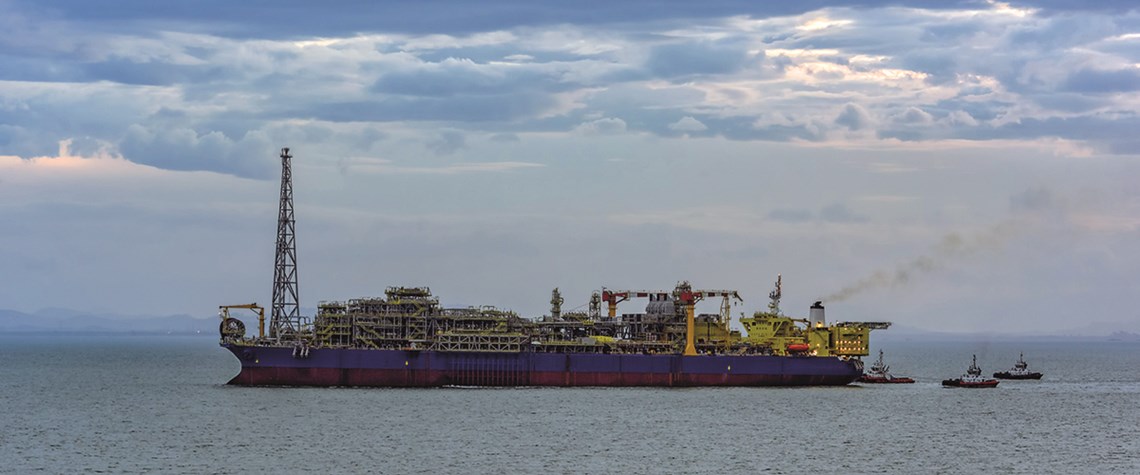Downward drift
Gas production across the region is set to decline, with China the major exception, leading to increasing LNG imports
After peaking at over 440bn cubic metres a year in 2015, gas production in Asia is predicted to start gradually declining in the coming decade. Indonesia, Pakistan, Thailand, Bangladesh, Myanmar—and to some extent Malaysia—will see falling indigenous production from established reserve bases. By 2030, gas production in Asia is predicted at just over 390bn cm/y, according to Rystad Energy, representing an annual average reduction of 0.8%. Gas production is set to increase most markedly in China, where output will rise from 120bn cm/y in 2016 to around 150bn cm/y by 2030, surpassing all other Asian nations. Dominant producer PetroChina has been steadily building gas production capacity across

Also in this section
12 December 2025
The latest edition of our annual Outlook publication, titled 'The shape of energy to come: Creating unique pathways and managing shifting alliances', is available now
12 December 2025
The federal government is working with Alberta to improve the country’s access to Asian markets and reduce dependence on the US, but there are challenges to their plans
11 December 2025
The removal of the ban on oil and gas exploration and an overhaul of the system sends all the right messages for energy security, affordability and sustainability
10 December 2025
The economic and environmental cost of the seven-year exploration ban will be felt long after its removal







